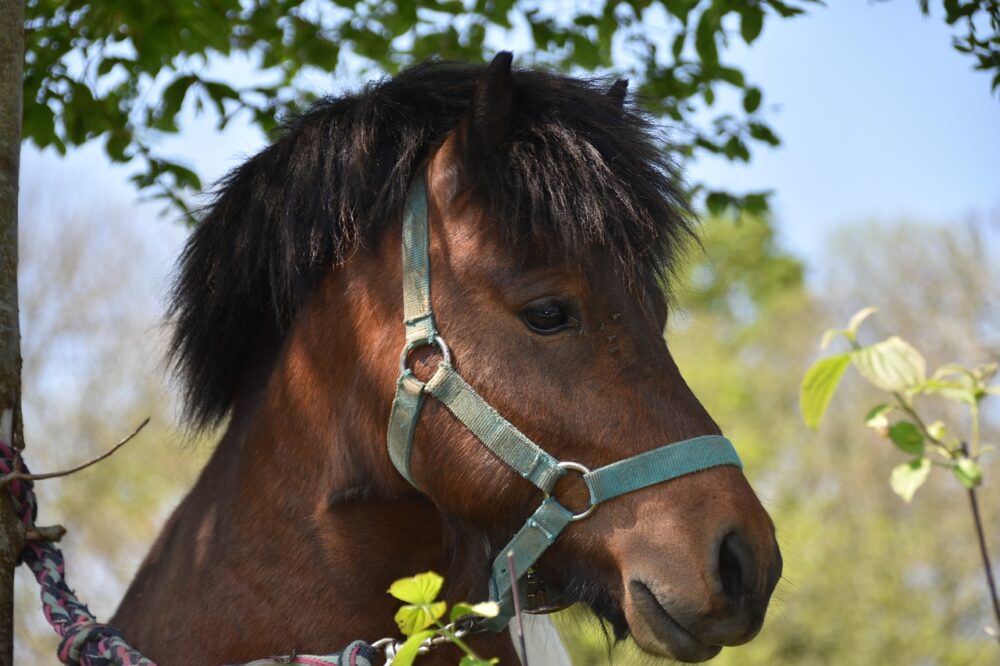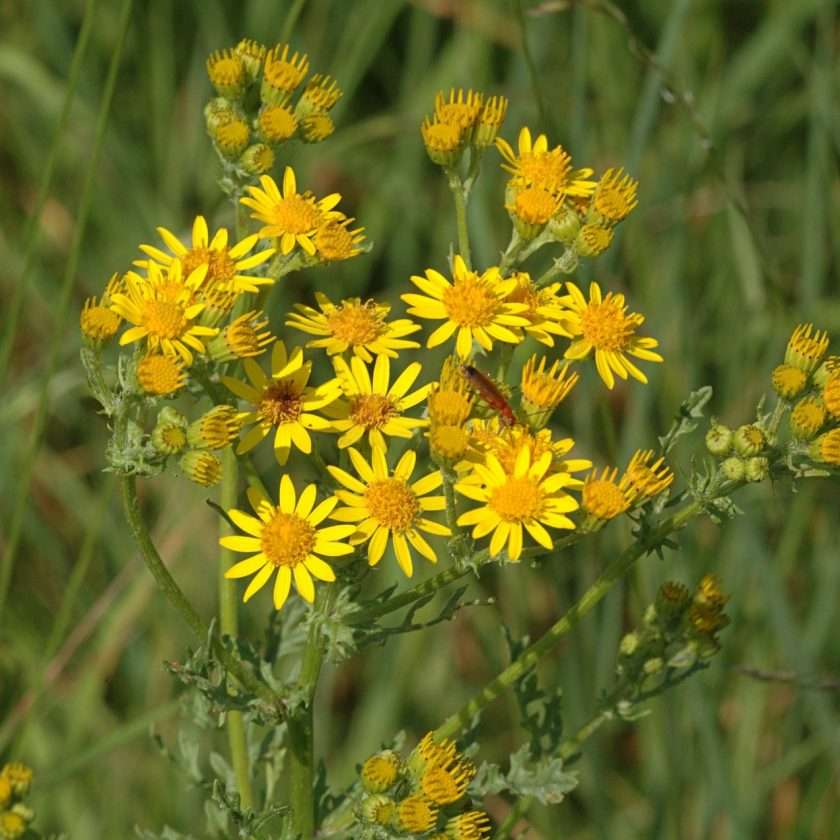Preventing horse injuries in the field can seem like an impossible task for an owner. With injuries after spending time in the field being the most prevalent in horses, it’s no wonder some owners are apprehensive to turn their horses out. However, with the endless benefits of turnout for horse health, taking steps to prevent injury during turnout is a more sustainable and healthy strategy to implement into your horse’s routine. But, what are the steps we should be taking toward preventing injuries in the field?
Create And Maintain A Safe Environment
Most injuries to horses, whilst turned out, are caused by items in the paddock which probably should not be there. Therefore, making sure the space you have turned your horse out in is safe, is an essential step to prevent injury.
To create a safe turn out environment, you need to look at fencing, ground conditions and objects in your field. These factors should be checked at least once a day, to ensure safety.
Post and rail fencing
Post and rail fencing is an optimal fencing type, for a safe and secure perimeter. Providing there are no nails or large splinters of wood for your horse to injure themselves on, post and rail fencing is almost risk-free. Make sure to check a post and rail fence regularly for damage and sharp edges though, as these are points which may induce injury.
Hedge rows
Hedge rows are another great option for fencing providing shelter from the wind and a sturdy barrier. However, watch out for thorns and poisonous plants which may be lurking amongst the greenery.
Electric Fencing
Other fence types such as wire and electric fencing put your horse at higher risk of injury. Wire and electric fencing are easy for horses to snap, get their feet tangled in and can cause incision wounds; these types of fencing need very regular maintenance.
Checking the ground is also a great way to ensure your horse remains free from injury. Not only a home to your horse, but other animals as well, fields are prone to uneven surfaces and new holes every day! Fill in or fence off major ground irregularities to save your horse falling victim to them!
Objects which don’t belong in your field, such as poles, jump wings and even vehicles, should be removed or fenced off, so your horse cannot hurt themselves on the object. If your field is based closed to roads and walk paths, do daily checks for litter in the field.
Group Composition
When turning out, it is advised that your horse is turned out with company. However, choosing the right company is vital to reduce the risk of injury during your horse’s wind-down time.
If your horse is comfortable in their herd group, making abrupt changes to this composition can change the dynamic. Especially adding new members to the herd can cause upset and increased risk of injury.
When adding a new horse to the herd, introduce them slowly. Begin by introducing the new horse from a distance, a few paddocks away. Then, move the new member closer and closer, until they are based in a paddock preferably right next to their new herd’s paddock.
Watching interactions and how the new horse gets along with the herd from over the fence, will help you to gauge whether they will successfully integrate into the group. From here, you can slowly start to introduce the new horse to calmer herd members, in the field environment, building up one-by-one to whole herd introduction. If things start to turn sour, removing the new member from the herd is essential to prevent injury.
Not only is it important that horses settle together when turned out, herd groups mustn’t become too big! Small groups allow horses the space to escape threat or danger, therefore preventing injury whilst in the field.
Routine, Feeding and Entertainment
Routine
Keeping a routine for your horse can be massively beneficial for their mental and physical health, as well as their behaviour.
Without routine horses can become more anxious and tense, leading to explosive outbursts of behaviour. Not only is this putting you at risk but your horse too! Keeping your horse in a routine will ensure that they know exactly what is coming next, meaning they are less likely to act out unpredictably out of fear.
Feeding
Within your established routine, if you are feeding concentrate or hard feed, this should be done on the yard or in the stable, away from other horses.
Bucket feeds are usually catered to your horse’s individual needs, with the other horses often eating a completely different variety and amount. Therefore, deciding to feed a hard feed in the field can be a risky business, with interested eyes from the rest of the herd on your horse. Feeding just one horse can put you and your horse in danger of being bullied and injured for the food. It can also put other herd members at risk, with unfamiliar foods causing gastrointestinal problems such as colic.
If you want to feed in the field and think feeding the whole herd may be the answer to reduce risk… it is very difficult! Staggered start and finish times with feed can often subject horses to bullying behaviour. Plus, the risk of consuming unfamiliar feed is also high!
If your horse is not a massive foodie but loves to play instead, providing some light entertainment cause be a great way to prevent injury to themselves and their field mates.
With horses who are turned out for longer being more likely to sustain injury in the field, the question turns to why. Most probably, your horse may have had their fill of grass and feel comfortable enough within their herd to engage in some playtime. Although play is perfectly normal and actually beneficial for your horse, sometimes it can overstep the mark!
Providing toys and licks in the field will keep your horse occupied and out of harm’s way. It will help to reduce boisterous behaviour amongst the herd, which can often result in injury.
Extra Protection
If you’re still worried you horse may injure themselves, extra protection may be needed!
As most injuries are sustained on fore and hind limbs in the field, for that extra layer of protection, we recommend turn out boots!
Protecting against striking, flies and sunburn, turnout boots in the summer ward off multiply leg ailments and well a keeping white legs, stain-free! Turnout boots are the best accessory for protection during turnout, designed to be breathable and comfortable for long period. However, for short stints in the field, some owners opt to repurpose old brushing boots for an extra defence.
Meanwhile, in the winter opting for a turnout boot with additional mud-fever guards is a great way to provide a 2-in-1 approach to leg care and protection.





